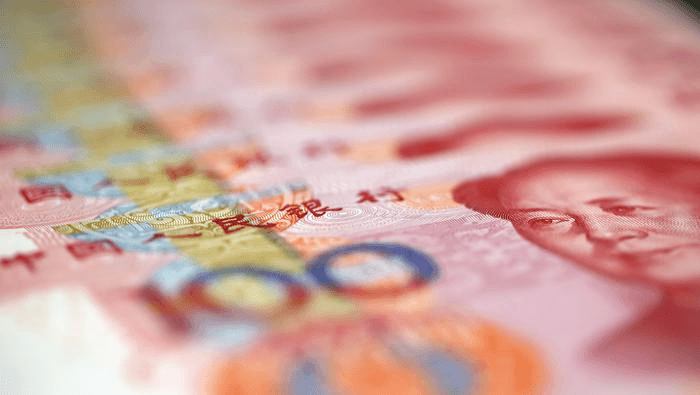[ad_1]
COMMODITY MARKET OUTLOOK 2023 – TALKING POINTS:
- 2022 saw commodity markets wrestle with supply concerns
- Many of those fed into the global inflation surge still besetting markets
- The response to that surge now threatens demand
Recommended by David Cottle
Get Your Free Oil Forecast
2022 was all about supply in the commodity markets, with Russia’s invasion of Ukraine adding to supply-chain worries already elevated thanks to Covid’s ravages. By contrast 2023 could well see focus shift decisively to demand as central banks attempt to reverse decades of extraordinary monetary largesse in their efforts to cool inflation.
With commodity prices generally elevated if off their recent highs, we’ll take a look here at the main issues likely to move the complex as a whole in the coming twelve months. It comes with a caveat of course. “The commodity market” ranges from investment products such as gold through to industrial metals, energy and on to the likes of wheat and coffee. Clearly these will at times all have their own drivers, their own divergent impulses, their own stories. But there will be discernible themes impacting them all. Here are the likely top three:
Can Central Banks Hit Inflation but Miss Their Economies?
2022 saw inflation return to dominate global economic discourse in a way no one who couldn’t recall the 1970s will remember. With consumer price rises commonly reaching forty-year peaks around the world, central banks applied the monetary brakes, and they’ll continue to do so into 2023.
The United States Federal Reserve increased borrowing costs by four and a half percentage points in 2022, in no fewer than seven separate interest rate rises. Other central banks both major and minor have tightened policy too, bringing a clattering end to a long era of ultra-cheap money and quantitative easing.
Has this worked?
Well, there are some encouraging signs that the worst of inflation may be behind us. But price rises remain above-target everywhere and, while they do, the central bankers have no option but to continue the treatment. Whether they’ll be able to bring inflation to heel without causing terrible damage to their heavily indebted economies remains arguably the biggest question hovering over all markets now, and commodities are no exception.
Weaker demand might not be all bad. Some markets, such as industrial metals, have been structurally pressured by supply difficulties. Lower demand might make their balance a little more comfortable.
However, curbing inflation without inflicting long-term damage on overall demand – taking all markets down – would be an achievement little short of miraculous, and commodity markets will be mindful of this as we move into 2023. It is clear that a number of economies are headed for a recession, with the only question among economists being how severe those recessions will be.
How Long Will War in Ukraine Continue?
Russia’s invasion of Ukraine in February 2022 has become a military quagmire for Moscow and huge millstone around the neck of commodity markets, especially in Europe. Prices shot up across the board after Russia attacked and, while there has been some pullback, they remain elevated.
Russia has come under massive sanctions and Europe, for its part, is scrambling to reduce its crippling dependence on Russian energy. Other buyers are interested in picking up discounted Russian oil, but they may well be limited in their ability to do so in a market so heavily set up to supply Europe.
The conflict has also taken a vast toll on exports of key agricultural products from Ukraine, a major producer which is, just to take one example, China’s largest supplier of corn. Stepping up production elsewhere may help reduce prices but, in the complex nexus of the commodity markets, that may not be straightforward. Russia is itself a major supplier of fertilizer raw materials and, while it remains under sanction, exports of these will be well below pre-invasion levels. The conflict also means that commodity shippers are starting to avoid Black Sea ports and rail hubs where they can, and this rerouting away from long established routes is inevitably putting upward pressure on prices.
In short, the war in Ukraine has been a huge disrupter for commodity markets well beyond the borders of the two countries most directly involved. With no sign of any letup, it unfortunately looks set to remain a key theme.
China’s Change of Tack on Covid
While most of the world moved away from locking down and patient isolation and tried to find ways of living with Covid, China maintained its draconian zero-tolerance policy, imposing lengthy quarantine times on infected citizens and foreign travelers alike.
That policy has been altered substantially in the face of rare and clearly effective popular protest, and more loosening of restrictions seems to be coming. But reports of a huge surge in Covid-related hospitalizations and fatalities among China’s elderly has the world wondering whether the globe’s second largest economy will have to lock down again. It may at least undertake its emergence from “zero-Covid” constraints far more gingerly.
There are also doubts over the efficiency of Chinese anti-Covid drugs compared to their Western counterparts.
Of course, China’s Covid response matters deeply to commodity markets, with the country both a key destination and producer of many raw materials across the complex. There’s barely an industrial commodity of which China isn’t the number one consumer, so any weakness of demand there can’t fail to shape the market overall.
The lifting of zero-Covid policy could see a brisk return of commodity demand to China, but only if the policy change is managed effectively. This is perhaps the biggest wildcard in commodity markets right now and will be closely watched as 2023 gets under way.
–by David Cottle for DailyFX
Trade Smarter – Sign up for the DailyFX Newsletter
Receive timely and compelling market commentary from the DailyFX team
Subscribe to Newsletter
[ad_2]




